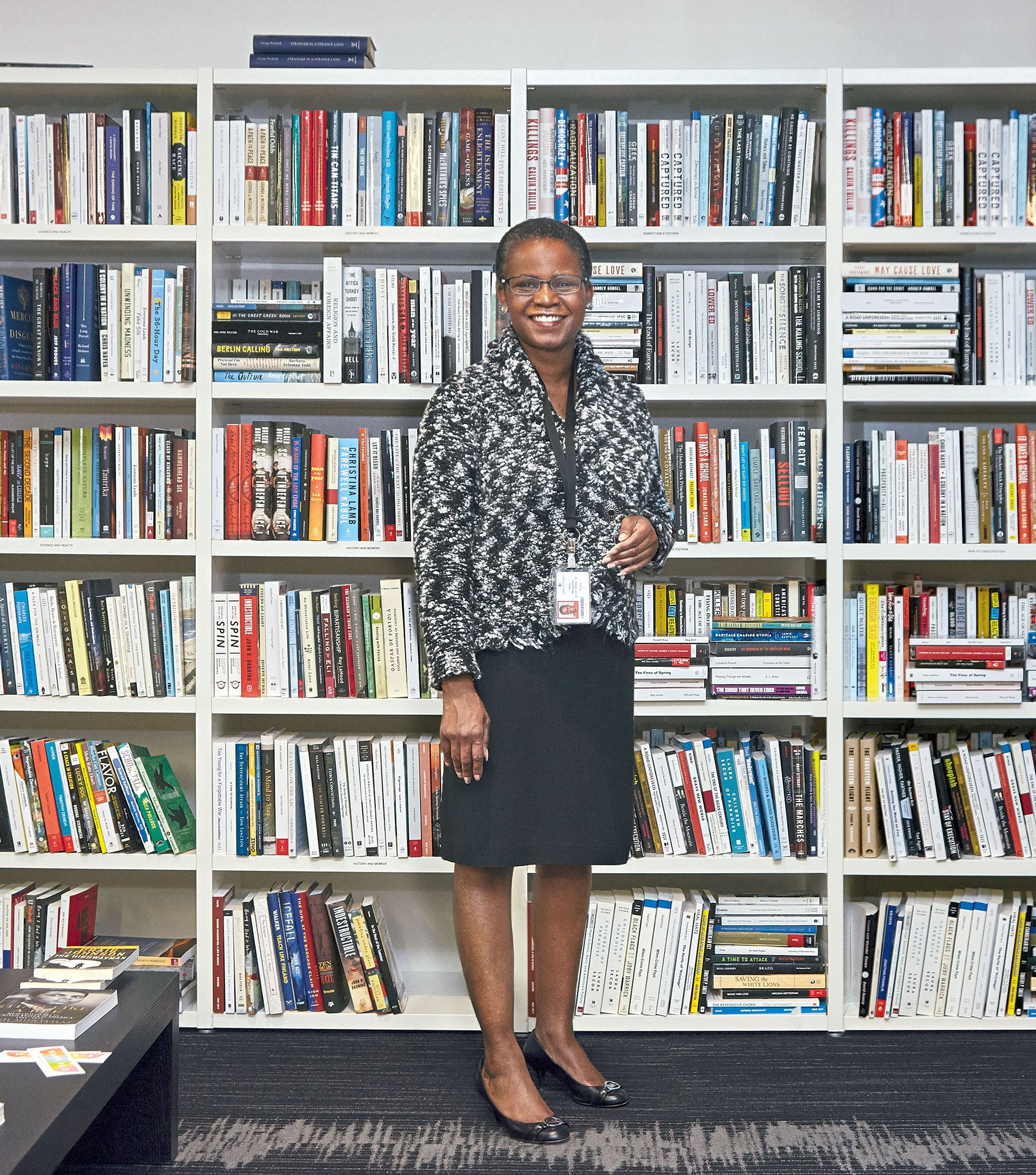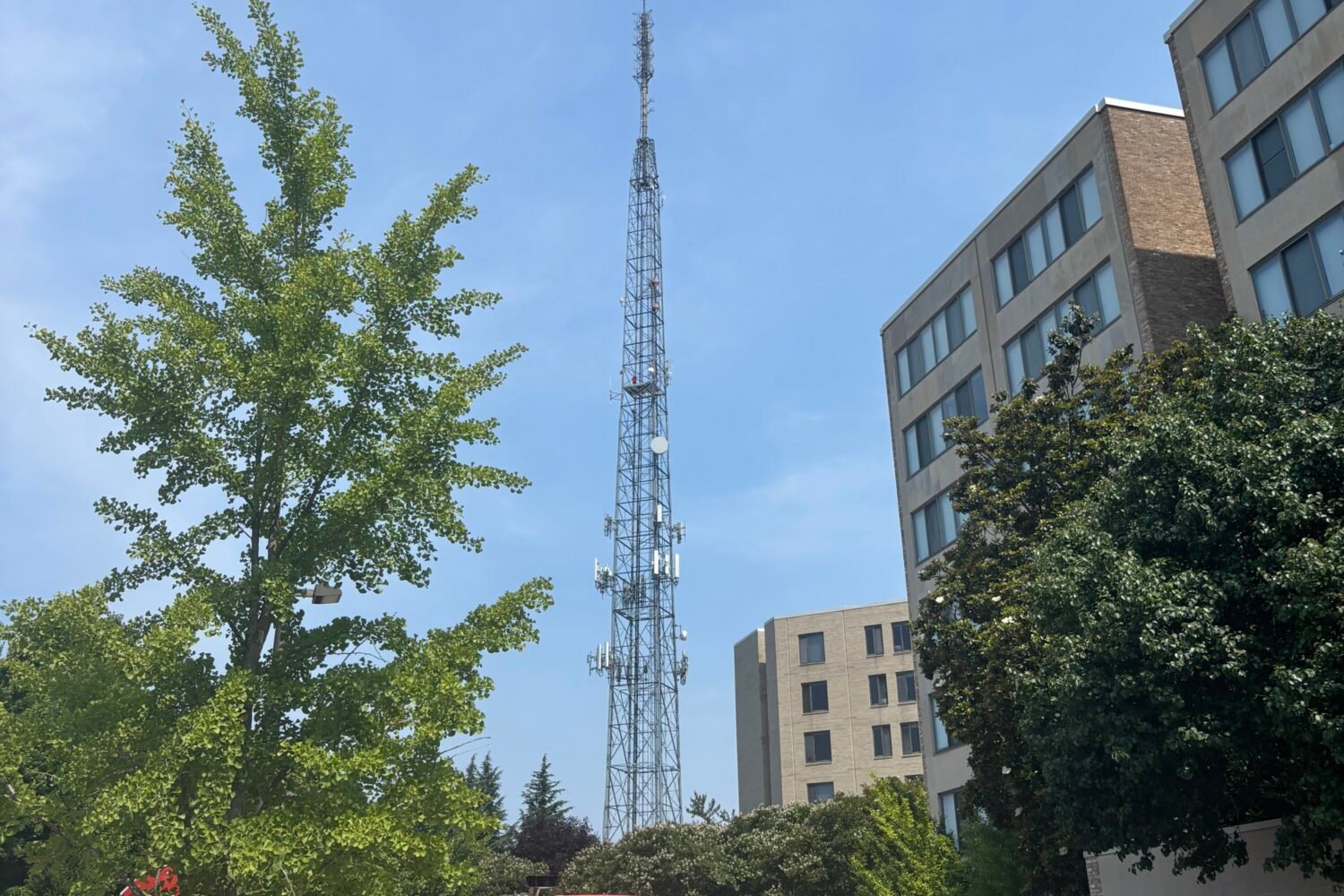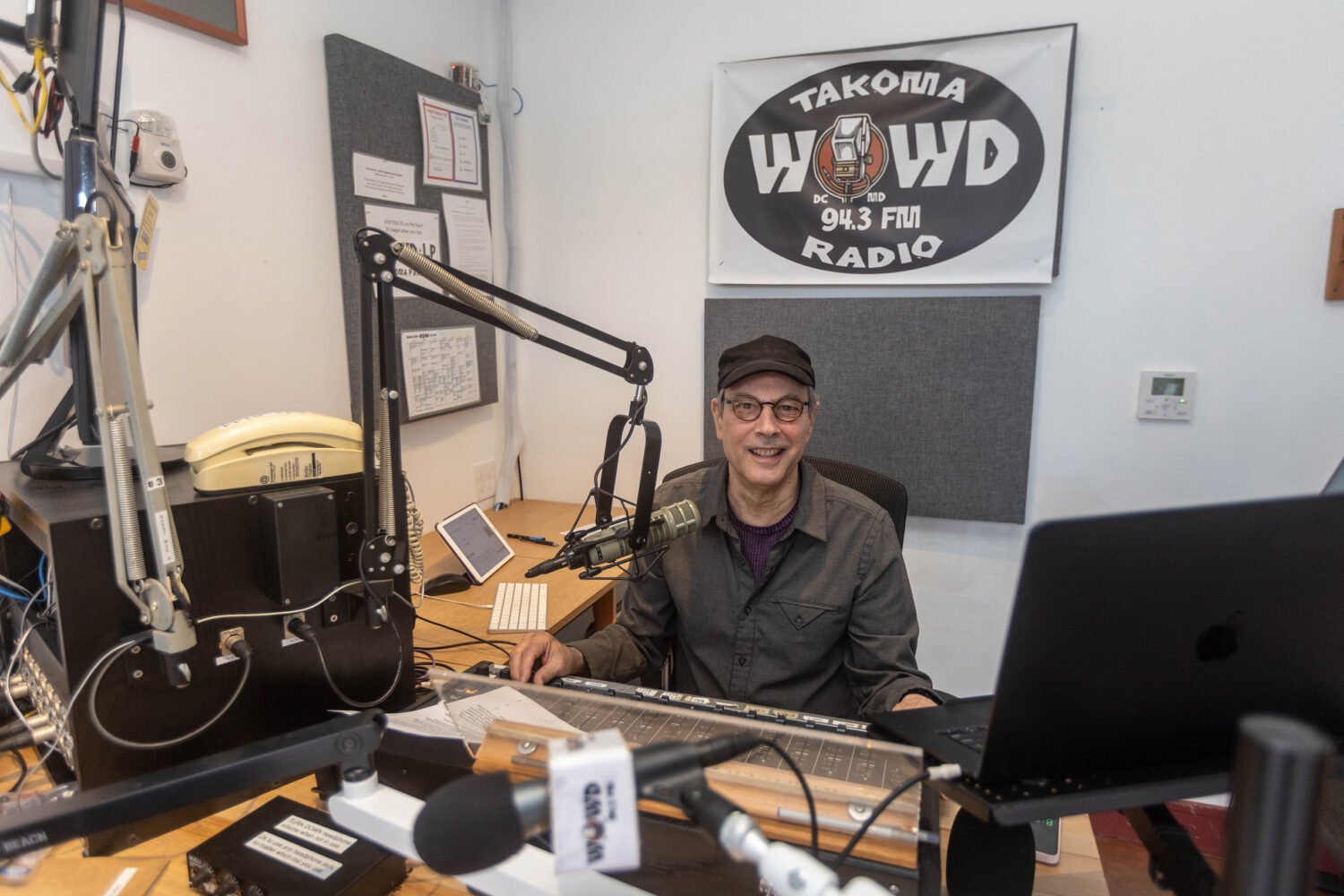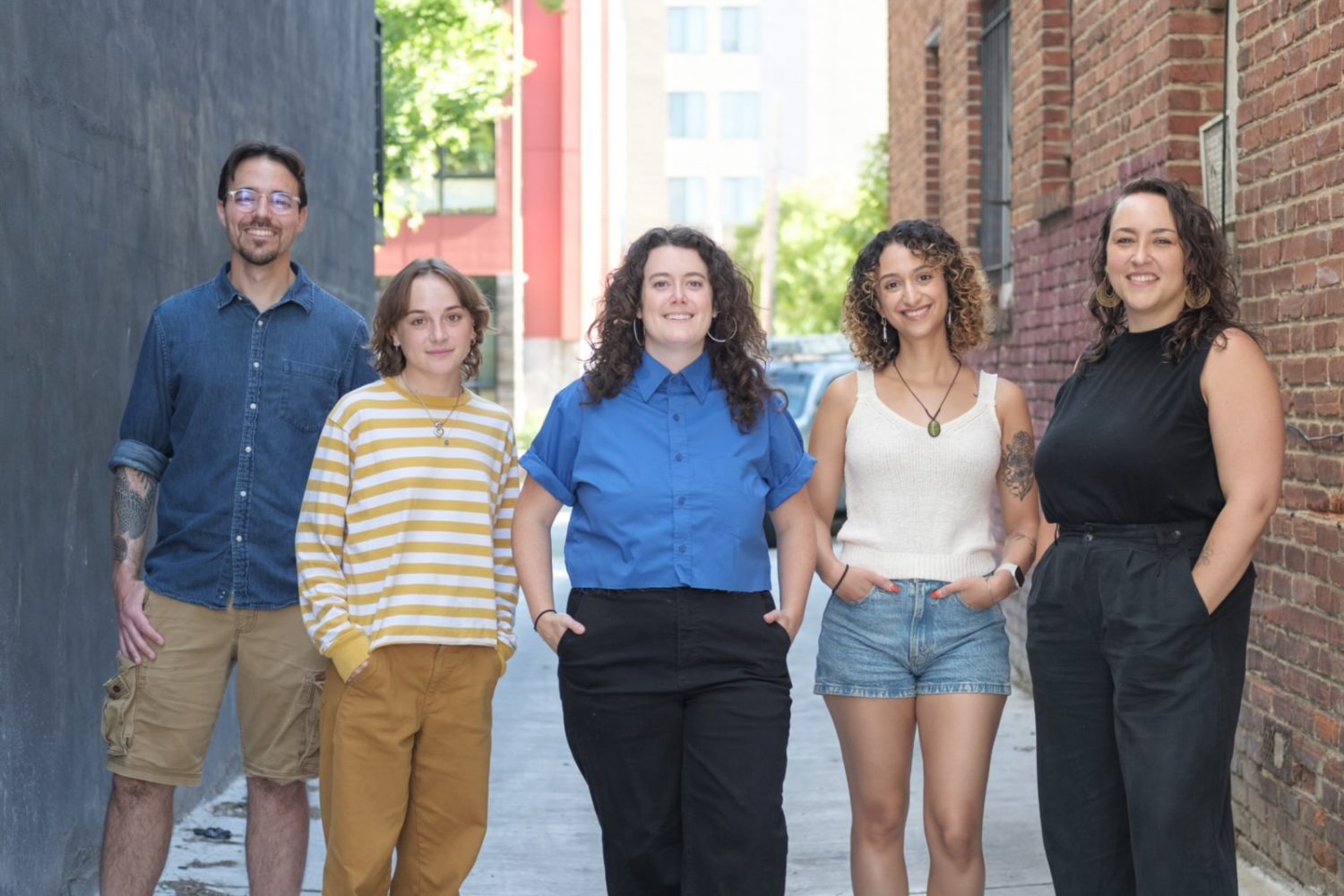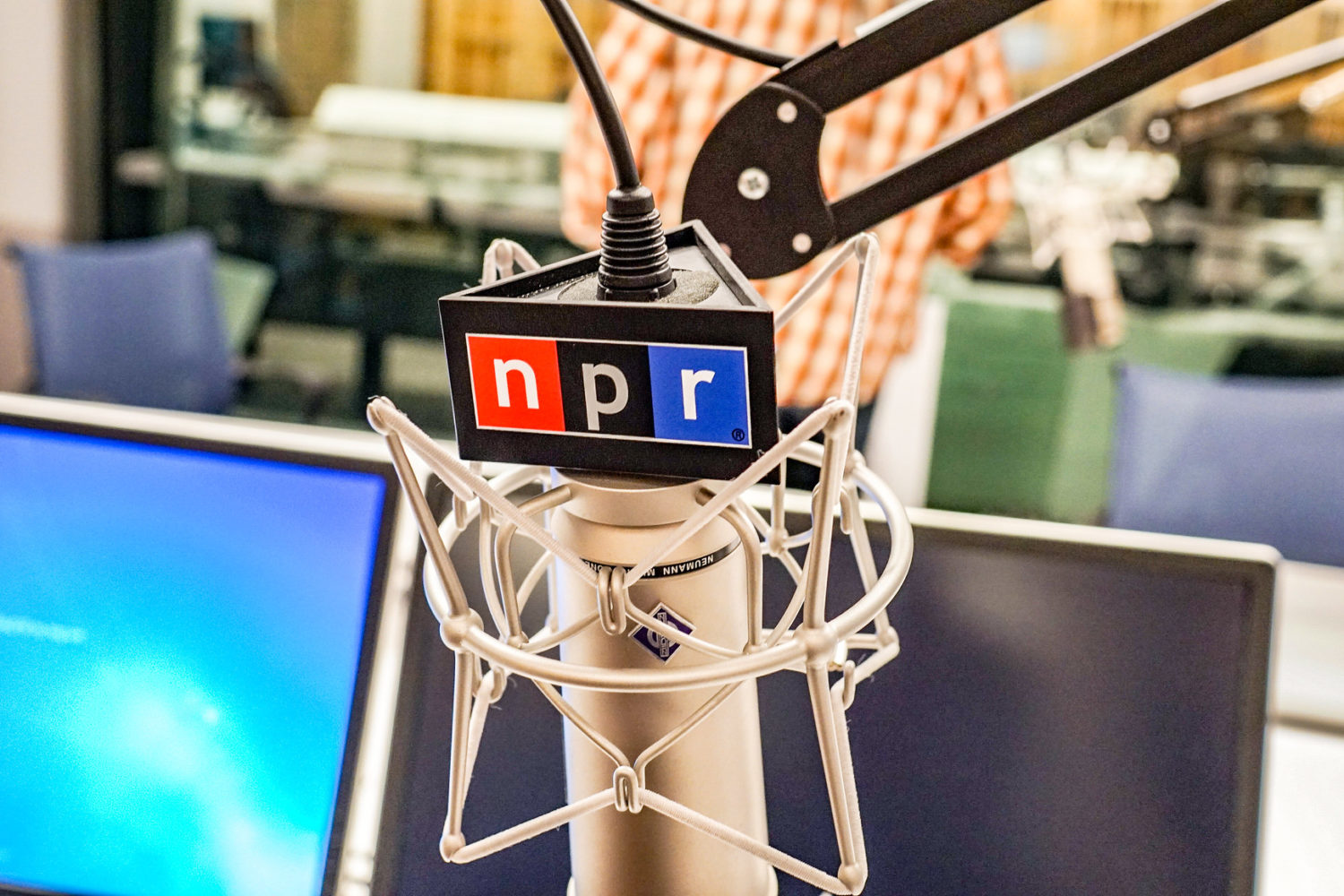Last year, 87 percent of NPR’s audience identified as white. That’s only slightly less snowy than a line for Pepe the Frog T-shirts, and one of the things keeping NPR executives’ sheets shiny with sweat each night: The public-media network has committed to “sounding like America,” but its audience has not.
Across town at public-radio station WAMU, though, something unusual is occurring—the number of African-American and Latino listeners is going up. If only anyone knew why.
WAMU’s ratings have risen across the board since general manager JJ Yore started in August 2014 and began reimagining operations. Average weekly listeners are nearing a million a week. Buoyed by the election and its news-intensive aftermath, WAMU clawed its way past WTOP to be-come number one in the market, a status few public-radio stations have managed.
But the gain in black and Latino listeners has outpaced those numbers. In 2014, about 45,000 weekly listeners were African-American and 49,000 Latino. By early this year, those audiences had leapt to about 106,000 apiece, almost a quarter of listeners. That’s far from reflecting the region as a whole, where blacks and Latinos account for about 40 percent of the population, but for a public-radio station it’s unusual.
When I asked Yore’s team about why this is, they stressed that while they’re happy to see these numbers, they want to give themselves time to make sure they represent a consistent pattern.
Assuming the numbers don’t crater, here’s my stab at what might account for the gains.
One easy reason: general changes to the station’s sound and programming. You know the voice that announces WAMU’s underwriting? It belongs to Heather Taylor, an African-American woman. The station’s “Anacostia Unmapped” project collected oral histories from that historically black neighborhood, and veteran host Kojo Nnamdi has done more of his “Kojo in Your Community” events in predominantly African-American neighborhoods.
“A lot of really intelligent, well-intentioned journalism will tell you that this whole community feels a certain way about an issue,” says Alicia Montgomery, who left Code Switch, NPR’s team that covers race and identity, to become WAMU’s editorial director in October. “It’s important for our audience to understand that there is not one opinion from people east of the river any more than there is one opinion for everybody who’s in Tenleytown.”
Also, this past January, Joshua Johnson replaced Diane Rehm in the 10-to-noon slot following Morning Edition and BBC Newshour. He’s an excellent interviewer, and in February cumulative listenership to his 1A was up over Rehm’s show by about 7 percent.
That kind of hire doesn’t happen in a vacuum. Another possible reason for the gains is a management committed to diversity. Yore pushed Taylor’s hiring following a suggestion by Richard Prince, a former Washington Post editor and longtime advocate for newsroom diversity. Before Code Switch, Montgomery worked for Tell Me More, an African-American-focused show that NPR canceled in 2014. The station has also invested in reporting on immigrants, a subject that, especially in this region, goes deeper than the growing Latino population.
WAMU reorganized its newsroom last year, laying off Virginia- and Maryland-specific reporters in an attempt to make reporters work on stories that reflect what Montgomery calls “the common experiences of living in this area.” That’s a work in progress—too many of WAMU’s five reporters rarely make it beyond the District line. Montgomery says it’s partly a matter of sourcing and partly up to management to give these homebodies a poke.
In the next few months, says Yore, WAMU will come up with a target for the percentage of African-American listeners it wants to reach. For Montgomery, that means providing more context to the stories that might bring them in and help WAMU’s existing audience understand the area better.
“The African-American population in and around Washington is, I think, richer than a lot of the region’s coverage would lead you to believe,” she says. “There are all sorts of African-born folks who are part of the African-American community. There are people like me who have five generations of roots in the city.” They’re the descendants of people who came here for government jobs after World War II “because federal-government jobs were among the first to really put integration into practice.”
WAMU recently hired two new reporters—Kate McGee, who replaced Kavitha Cardoza on the education beat, and Sasha-Ann Simons, who covers housing and urban development. On the flip side, earlier this year it sold Bluegrass Country, the last vestige of WAMU’s old identity as a bluegrass station.
All these changes lean toward a bigger data point: The number of listeners under 35 has gone way up. That’s especially significant at a time when young people are more likely to stream than to tune in. Eventually, those new behaviors—downloading podcasts, interacting online—will have an effect on audience diversity. For now, the station is slowly easing into podcasts, and it has a show about them, The Big Listen, which NPR has picked up for national distribution. WAMU’s own web traffic remains relatively low, reaching an average of 211,000 unique users each month over the last 11, but an editor in charge of visuals and a new design that emphasizes national NPR stories may help WAMU better muscle onto listeners’ phones and social feeds.
Behind it all is money. WAMU has increased donors, though it’s still running a deficit caused in part by the $2-million rent it pays American University each year for its snazzy facility in Van Ness and a nearly $6-million loan to outfit it.
Montgomery says expanding the digital audience is a priority, as is tracking whether the number of nonwhite listeners continues to go up—critical at a station in a region that’s ever more diverse. “It’s not just sort of a nice thing we should do because we’re good people,” she says.
This article appears in the June 2017 issue of Washingtonian.

